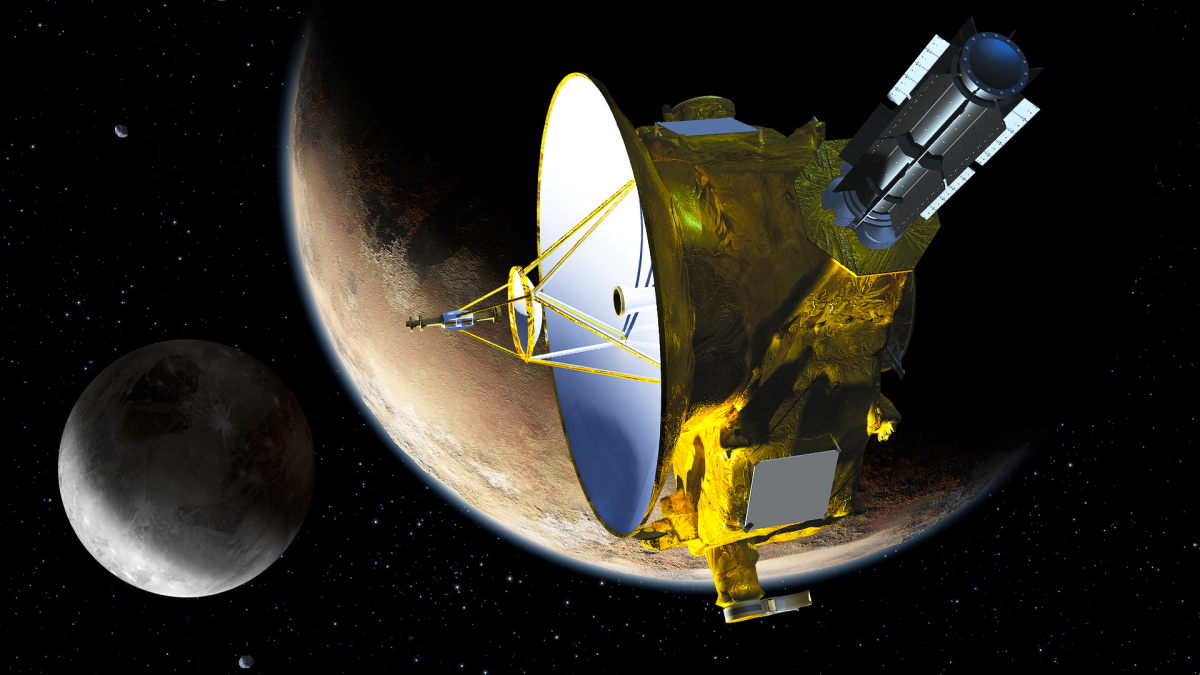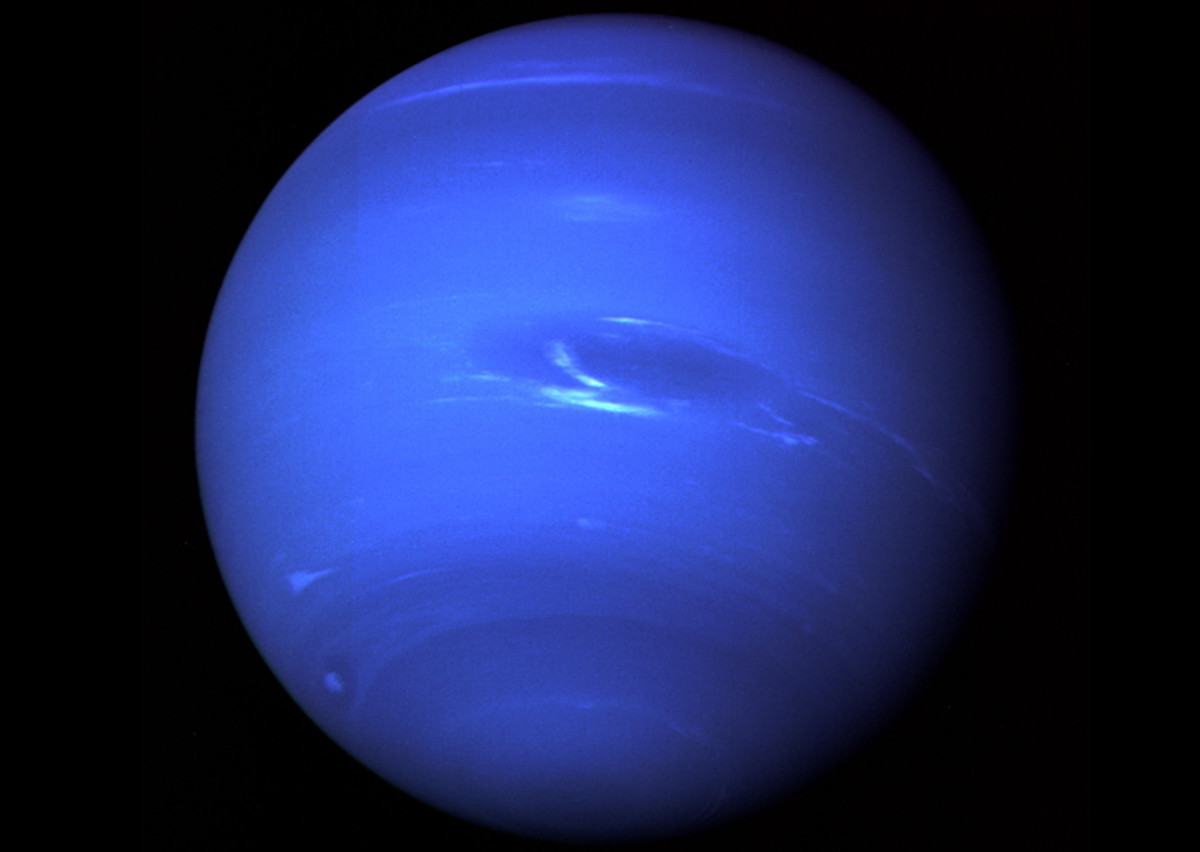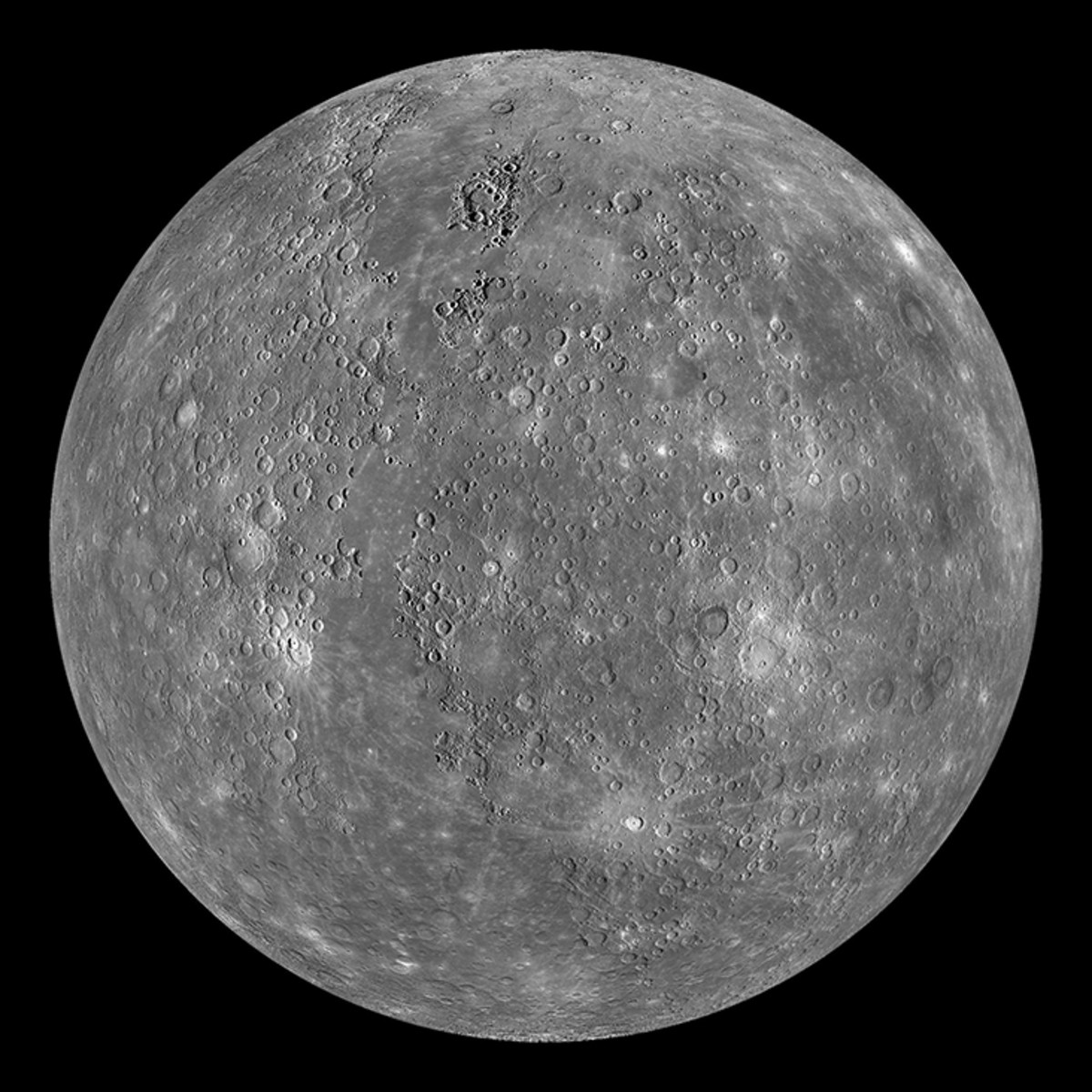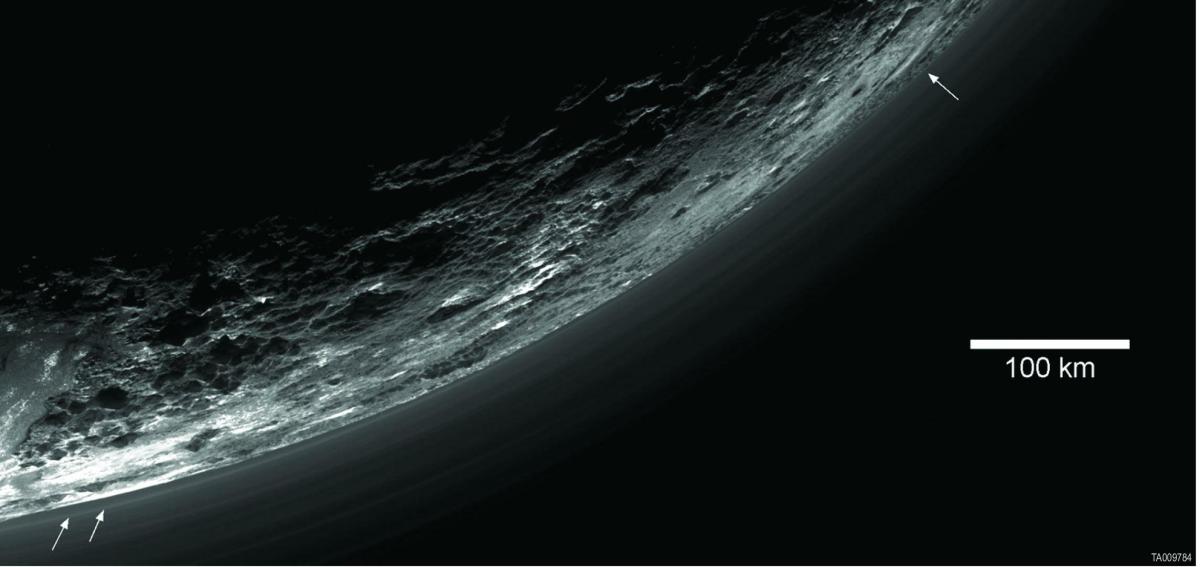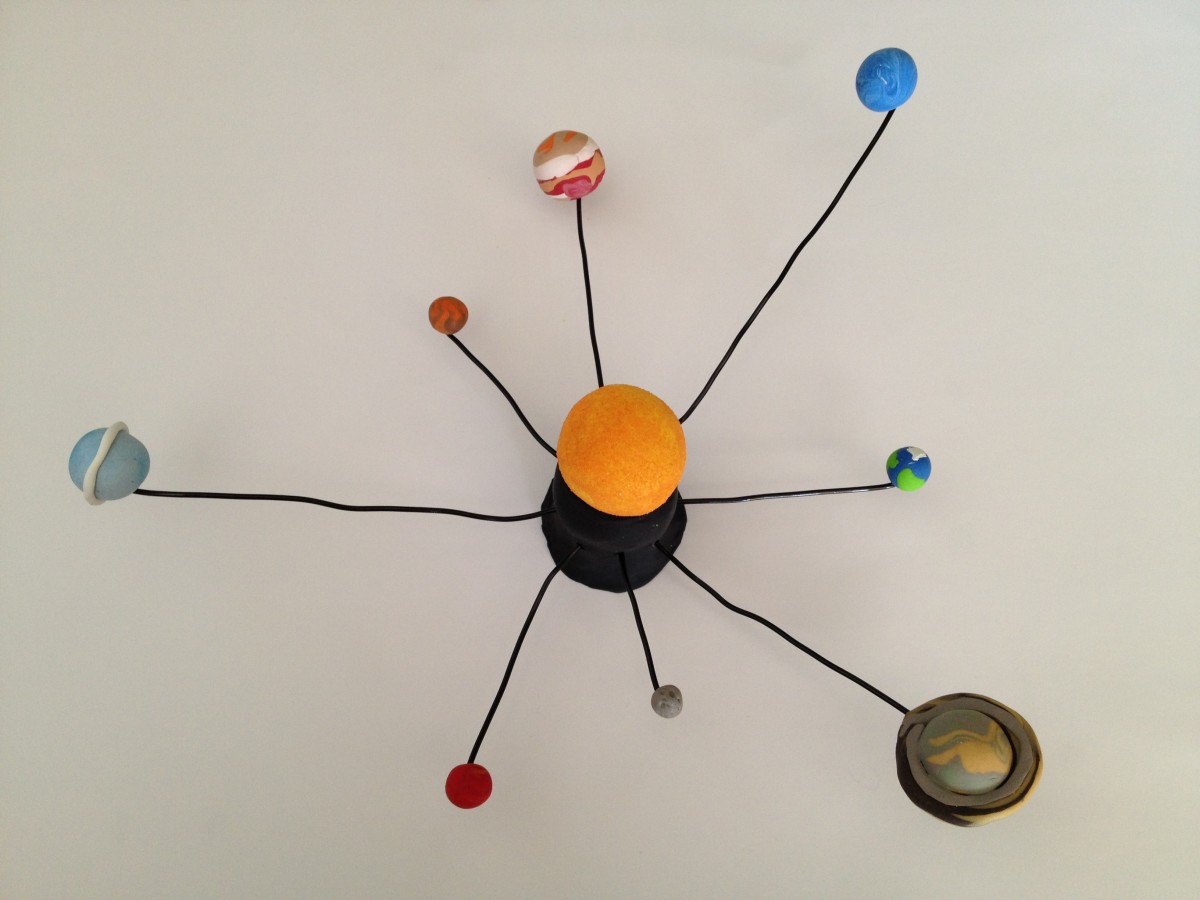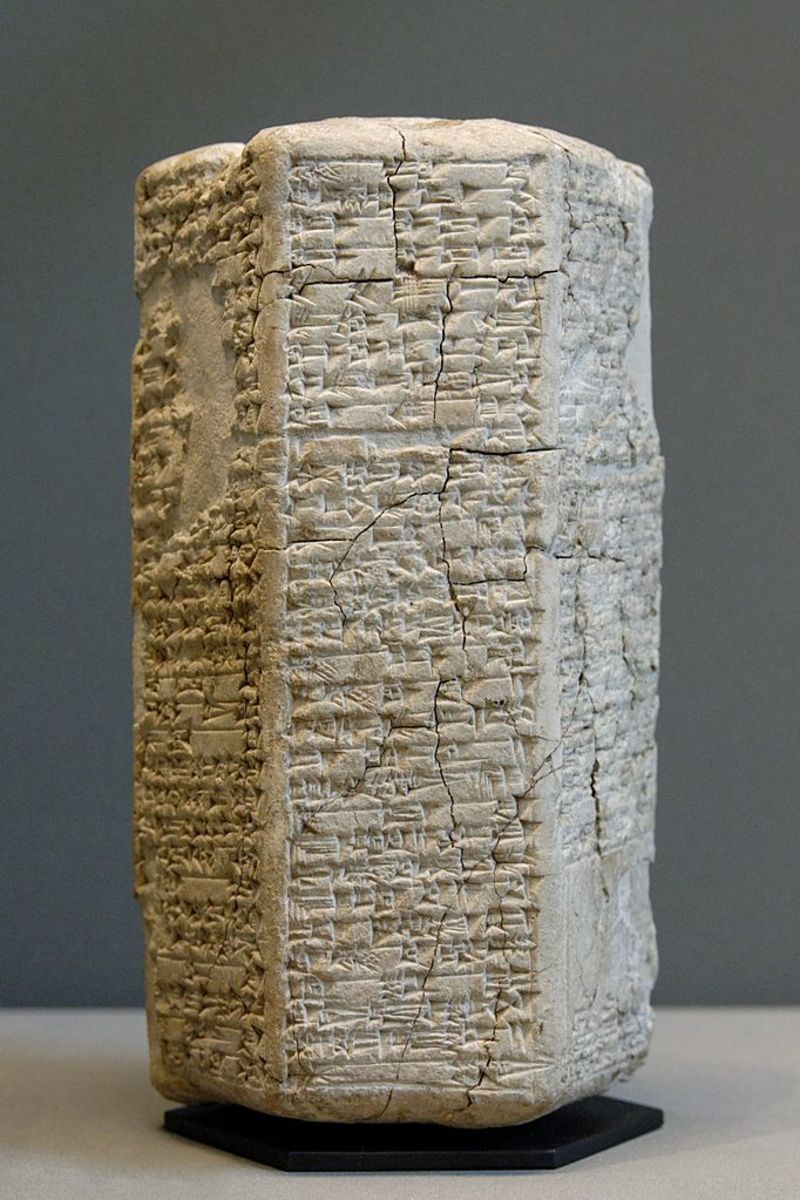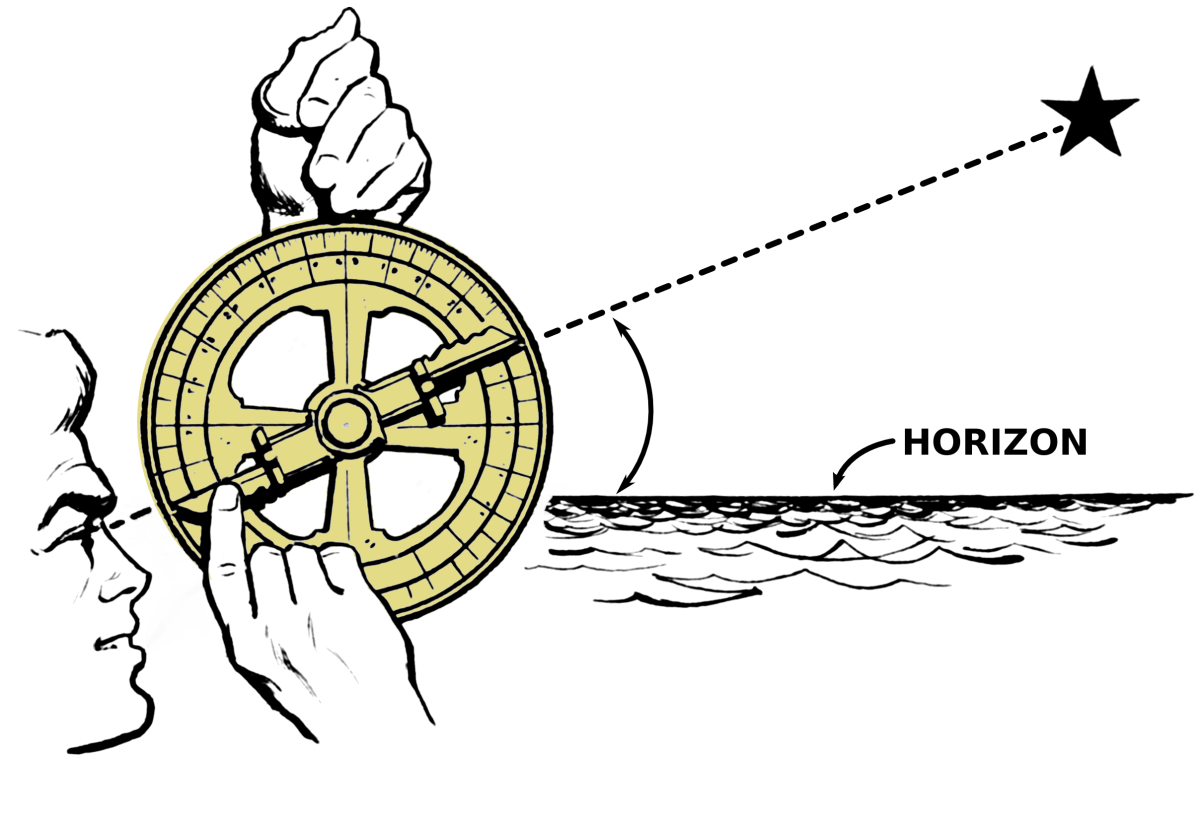Pluto - The Mysterious One
Not much is known about Pluto, the dwarf planet. It used to be a planet but was ‘demoted' to a dwarf planet around August 2006 after an official definition of a planet was formed.
There are two things that astronomers agree regarding a planet. Firstly, to be a planet, an object must orbit around a star. If it orbits something else, then that is a moon. Secondly, the object must be big enough that gravity makes it a sphere.
Interior and Surface
Pluto is made up of several components according to data from 1999. It is icy and another component which might be rocky. The icy component is mainly made up of frozen nitrogen as well as smaller amounts of carbon monoxide and methane. Pluto is so far away that we can't see it properly. Thus, not much is known about the rocky component. But its surface is good at reflecting light meaning that most of it might be icy component.
Its interior is probably similar to major icy moons like Ganymede. It might have water inside the icy crust which might be frozen by now.
Atmosphere
It's tough to believe that Pluto could have an atmosphere as it is really cold at roughly -235 and -210 degree Celsius. But as there are times when it's closer to the sun than Neptune, the ice on its surface evaporates forming an atmosphere. So long as it's in Neptune's orbit, this atmosphere is continuously produced and lost.
The air consists mostly of nitrogen with some carbon monoxide and methane.
Its atmosphere is similar to Neptune's Triton which has seasons and motions within the atmosphere. As Pluto has a heavier atmosphere, there may be clouds, winds and even storms. However, to see them is difficult due to the clouds.
Name
Pluto is the god of underworld in Roman mythology. After countless suggestions, it received this name perhaps because it is so far away from the sun that it's usually in darkness. Also, PL is the initials of Percival Lowell, an astronomer, whose successors later discovered Pluto.
For nearly 76 years, Pluto was known as a planet. This all changed with the discovery of Eris in 2005, a dwarf planet. It had been spotted earlier in 2003 but not identified. At that time, it was thought that a 10th planet had been found as it was bigger than Pluto. This, along with chances of similar objects being discovered in the future motivated the International Astronomical Union to define the term planet for the first time and thus, Eris, together with Pluto and Ceres were known as dwarf planets.

